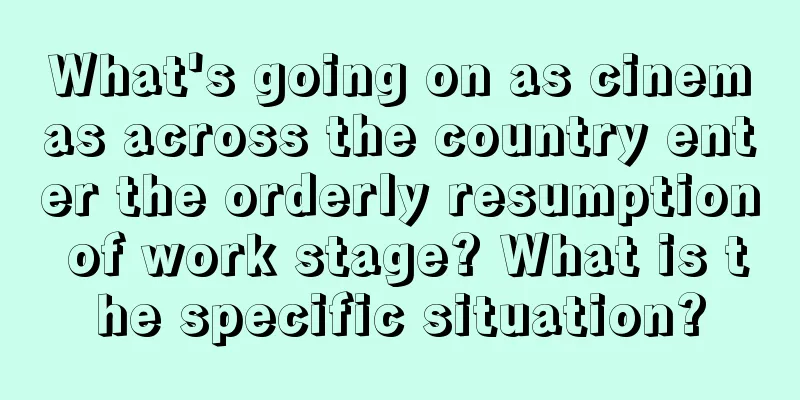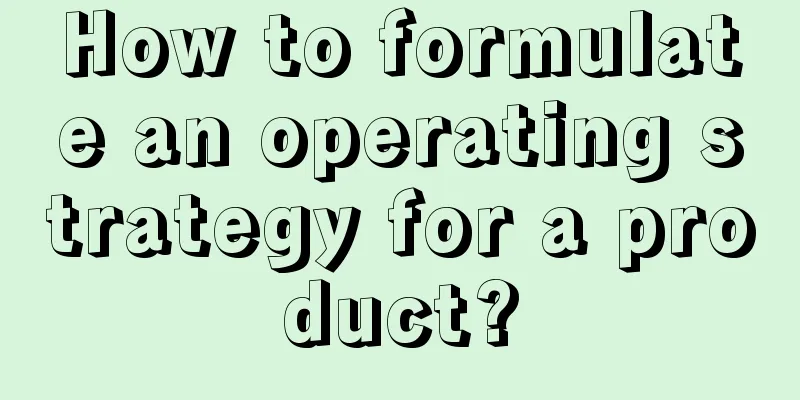Describe the design pattern in one sentence

|
As the title says, actually, I think this is very difficult. Unless - just to give yourself a reminder, so that you can quickly recall the memories of this design pattern at a glance. The following is a summary of my notes when I was studying "Design Patterns in Big Words", some of which are from its author Cheng Jie. (Thank you very much for building such a smooth learning channel for the mysterious design pattern) 1. Creation type: (1) Singleton: Consider when only one instance is required. (2) Factory method: The factory method is generally used first to solve the object creation problem. (3) Abstract Factory: When the factory method cannot meet multiple series of problems, it is refactored into an abstract factory. (4) Builder: The construction implementation of multiple components is the same, but the required components and construction order are different. (5) Prototype: considered when the initialization information does not change. 2. Structural type: (1) Adapter: Allow classes with incompatible interfaces to work together. (Fixing the barn door after the sheep have been bolted) (2) Decoration: Dynamically add additional responsibilities to a single object, which is more flexible than generating subclasses. (3) Bridging: Change the inheritance relationship to a combination relationship so that the two can change independently. (Prepare for a rainy day) (4) Combination: Use a tree structure to represent the hierarchical relationship of "whole-part" so that the use of single objects (leaf nodes) and combined objects (branch nodes) is consistent. (5) Flyweight: It uses sharing technology to support a large number of fine-grained objects and save costs. (6) Proxy: Controls access to a single object. (7) Appearance: The high-level interface of the subsystem, avoiding third parties in the direct relationship between two classes. 3. Behavioral: (1) Observer: One-to-many dependency relationship. If one end changes, multiple ends are notified and automatically updated. (The target and observer can achieve weak coupling) (2) Template method: inheritance + rewriting solves the problem of code duplication. (3) Command: Decouple the request sender from the specific implementer, and can queue, cancel, and redo requests to support transactions. (Multiple requests, single processing) (4) Chain of responsibility: Arrange the handlers into a chain and pass the request along the chain. (Single request, multiple handlers) (5) State: When the state within an object changes and different operations are performed, the state transfer logic is not in the if/switch, but between subclasses. It is easier to add/modify states and state transitions. (6) Interpreter: If a particular problem occurs frequently enough, it is necessary to define the grammar representation and the interpreter itself. (7) Mediator: The mediator encapsulates a series of object interactions, reduces coupling between objects, and facilitates reuse. (Many friends) (8) Visitors: Consider when the Elements are relatively stable and Visitors are easy to increase. (Friends are more about quality than quantity) (9) Strategy: Encapsulate a series of algorithms one by one and make them interchangeable, making them easy to switch, understand, and expand. (10) Memo: It does not destroy encapsulation, but takes the state of the object into account and requires that the state be restored. (Maintain encapsulation boundaries) (11) Iterator: Separate the access and traversal of a collection from the collection object into the iterator. |
<<: After he sold the company, he paid his employees 150 months’ salary!
>>: Why do we need motion design?
Recommend
SEM promotion effect is not good, what aspects should be adjusted?
Why does the problem of poor SEM promotion effect...
I have a bad memory and forgot to take my medicine. Should I take double the dose or just not take it?
As people age, many middle-aged and elderly peopl...
HTC U Ultra new flagship battery life test: better than Samsung S7
HTC's new flagship U Ultra adopts a mirror edg...
Shorter than peers as an adult? Behavior you thought was normal could be the cause of precocious puberty
Friends who have children all understand this Whe...
How to write thoughtful copy that can arouse users' "empathy"?
Heartfelt copywriting is copywriting that can aro...
Drinking tea incorrectly can harm your health! These 3 types of people should drink less
The habit of drinking tea It seems to be engraved...
Brand Marketing: 8 Failure Experiences of New Brands!
I have been writing less recently, which has led ...
Do you know the 6 basic principles of operational thinking?
What is operational thinking ? Operational thinki...
OPPO Reno 4 Pro mobile phone review: Crystal diamond craftsmanship, high appearance, night scene shooting little princess
I vaguely remember that when OPPO Reno 3 Pro was ...
Advertising and Marketing: A Century of Change
The COVID-19 pandemic that is raging around the w...
Product operation: 5 steps to build a complete user recall system!
This article mainly introduces how to build a rec...
Sharing experience: A WAP page with 10,000 daily active users can steadily bring in 2,000 activations every day!
Many companies have websites with good traffic. A...
Rare! New discovery by Chinese observatory! Received photons from 2 billion years ago!
On the evening of October 9, 2022, Beijing time, ...
Mobile Wi-Fi speed test: Huawei Mate 8 vs. Samsung Note 5
According to Huawei, the new flagship Mate 8 is cu...









